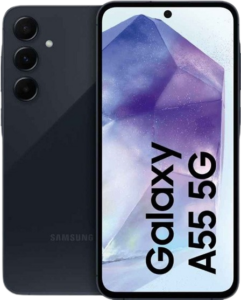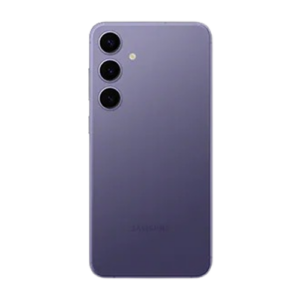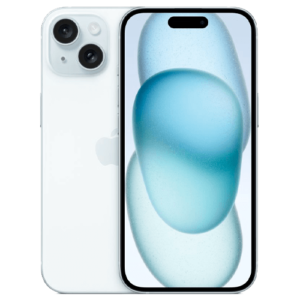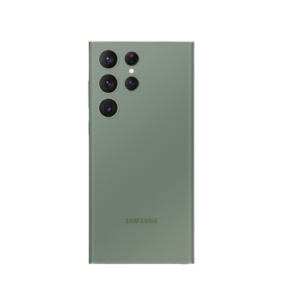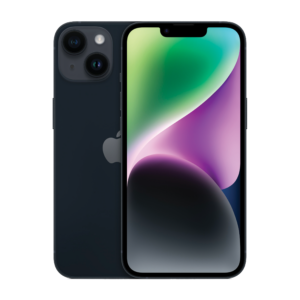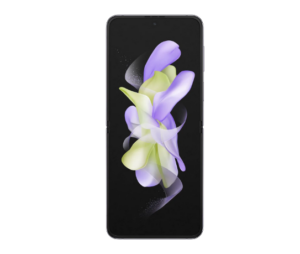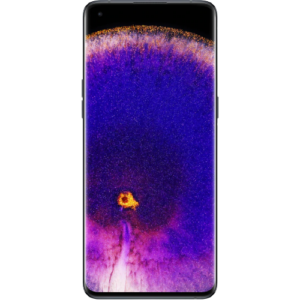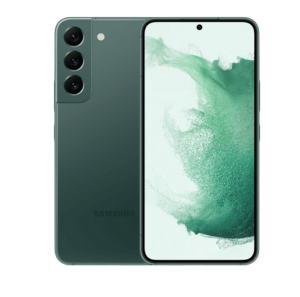Google's foldable finally makes it to Australia.
Google Pixel 9 Pro Fold review: Great, if you’re into that sort of thing
I'm a sucker for a gimmicky phone. Give me a phone with a cool but ultimately useless feature or a wacky form factor, and you've won my heart. That's why Pixel's foray into foldables was so exciting for me.
Sure, foldables may have been around long enough that they barely qualify as a gimmick these days, but the idea of a Pixel I could fold got my heart racing. And while the Pixel 9 Pro Fold undoubtedly executes the form factor well, it comes at the expense of some technical specs.
How much does the Google Pixel 9 Pro Fold cost in Australia?

The first hurdle to overcome with the Pixel 9 Pro Fold is the price. In Australia, you'll pay $2,699 for the 256GB model, and $2,899 for the 512GB.
While the price is eye-watering, it's still cheaper than the RRP for the Samsung Galaxy Z Fold 6, with its 256GB model retailing for $2,749 and the 512GB going for $2949. Of course, the Pixel 9 Pro Fold doesn't include a stylus (or even native support for a stylus), which sets Samsung's offering apart. Whether a stylus (or lack thereof) is a major selling point is up to you.
If you're looking to spread out the cost of the Pixel 9 Pro Fold, you can get it on a plan from Telstra, Optus or Vodafone. Have a look at the widget below for the cheapest plans on offer.
Google Pixel 9 Pro Fold: Design and Features

Whether or not foldable phones are utilitarian, they're certainly cool. And the Pixel 9 Pro Fold is one of the sharpest-looking foldables I've seen. The 6.3-inch outer display is the same size as the Pixel 9, so it doesn't fall prey to the tall, skinny outer screen trend seen on some other foldables. It's actually functional, and I found myself using it for more day-to-day tasks than I did the interior screen.
The 8-inch interior screen is gorgeous, capable of 2700 nits of peak brightness. While the crease is noticeable (and becomes more noticeable over time), it's not particularly distracting.
The interior screen is a joy to use for activities like gaming or reading e-books. Most apps I used were responsive to the screen size, though I did find a few (particularly Reddit) that got a bit buggy and unpredictable.
One of my favourite features of the interior screen is that it runs Chrome like a desktop browser, with visible tabs. This might seem like a small detail, but for tab hoarders like me, it makes web browsing much easier and more efficient.
One of the downsides of foldables is that they can be a bit unwieldy in terms of size. The Pixel 9 Pro Fold has handled this well, with each side of the phone thinned out to just 5mm, bringing it to 10mm thick when folded. Considering the Pixel 9 Pro XL is 8.5mm thick, designing a foldable that adds just 1.5mm of thickness feels like an achievement.
Of course, the compromise comes on the inside. The camera specs of the Pixel 9 Pro Fold don't stack up to the rest of the Pixel range. Where this year's Pro models sport a 50MP wide and 48MP ultrawide and telephoto lenses, the Pro Fold has a 48MP wide lens, a 10.5MP ultrawide and a 10.8MP telephoto lens.
The compromises continue on the interior camera. The Pixel 9 Pro and Pro XL models have beefed up their selfie cameras to 48MP, while the Pro Fold has just a 10MP inner camera. Of course, the benefit of having a foldable is that you can use the exterior screen for selfie mode in unfolded form, meaning you can make use of the higher-powered rear camera.
But Google's camera hardware has always only been half the story. Its image processing software has set it apart from other smartphone manufacturers that might have more impressive technical specs, and allowed it to deliver some of the best photography smartphones have to offer. So, is it possible the Pro Fold can lean on its image processing instead of its hardware?
The result is mixed. Comparing shots between the Pixel 9 Pro XL and the Pro Fold, I found some where the difference was negligible, some where I actually got a better shot out of the Fold and some where there was a stark contrast. The Pro XL definitely performs better in low-light conditions, delivering much crisper photos with a wider range of colour. Interestingly, I got better macro and zoom shots out of the Pro Fold, but this could have as much to do with the operator as the camera. I'll let you judge for yourself in the gallery below.
















Of course, all that image processing is driven by Google's AI and machine learning, which has always been a big part of the Pixel story. Google has been predictably quick to tout all the shiny new AI features of this year's Pixel lineup, but the actual results of using these features vary.
Regular image processing is as good as ever. Even with its downgraded camera specs, the Pro Fold takes great photos. Its some of the other AI features that leave a lot to be desired.
Gemini got a lot of attention in Google's Pixel announcement this year, and they heralded it as a highly practical AI virtual assistant. It's real-world performance, though, shows that it has a long way to go to live up to Google's hype.
I won't go too much into Gemini's shortcomings here, considering it's a feature across the range of Pixels and not unique to the Pro Fold, but the interactions I've had with it so far make it seem near-useless as a virtual assistant and even pretty shoddy as a mere novelty. It consistently hallucinates responses and can't access other apps for simple tasks. Hell, you can't even change its default voice. No-one would've complained if this year's Pixel lineup had relied on its old Google Assistant instead of a fancy AI, so it's a bit of a head scratcher that Google chose to release (and heavily promote) a feature that — at the moment — is hopelessly broken.
Google Pixel 9 Pro Fold: Performance

The Pixel 9 Pro Fold runs as reliably as its non-folding brethren, with its Tensor G4 processor and 16GB of RAM. Benchmark tests may not show anything particularly impressive, but benchmark tests are mostly tech journo navel gazing that don't make much of a difference to how regular consumers use their phones.
In practice, every app I ran on the Pixel 9 Pro Fold was quick and responsive. It had no problem handling games like Slay the Spire or Marvel Strike Force.
The Pixel 9 Pro Fold’s battery also stacks up well to the rest of the lineup. It has a slightly smaller 4650mAh battery compared to the Pro XL's 5060 MAh battery, but it still gets more than 24 hours of battery life with moderate use. Heavier use drained the battery in about half a day.
Thankfully, the Pixel Pro Fold also features fast charging, which means you can top up to 50% in half an hour or so.
Is the Google Pixel 9 Pro Fold worth buying?

I have to admit, I've wanted a foldable phone since they first became available. That and my general admiration for Pixel phones makes the Pixel 9 Pro Fold a winner for me. But, whether or not it's the right phone for you comes down to how important you find the form factor.
If you're after a foldable phone, the Pixel 9 Pro Fold is an easy one to recommend. Even with its weaker camera specs, it takes great photos. It's fast and reliable, and the inner screen is bright and vibrant. The design means it still sports a highly useable outer screen, and it's not as chunky and cumbersome as some other foldables.
But if your primary consideration when choosing a phone is its camera performance, you'd be better off going for one of the other, far cheaper phones in the Pixel lineup. Nearly $2700 is a lot to pay for a phone, particularly one that doesn't take pictures on par with the rest of this year's Pixels. Foldable phones are a neat trick, but the question you'll have to answer is, how much are you willing to compromise?
Related Articles









